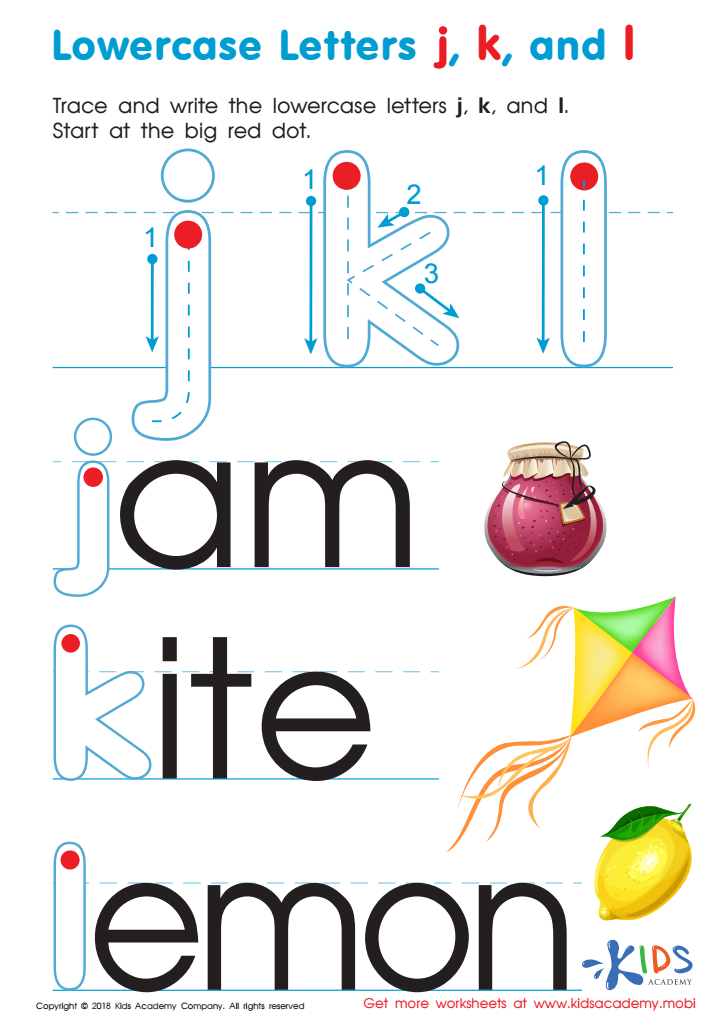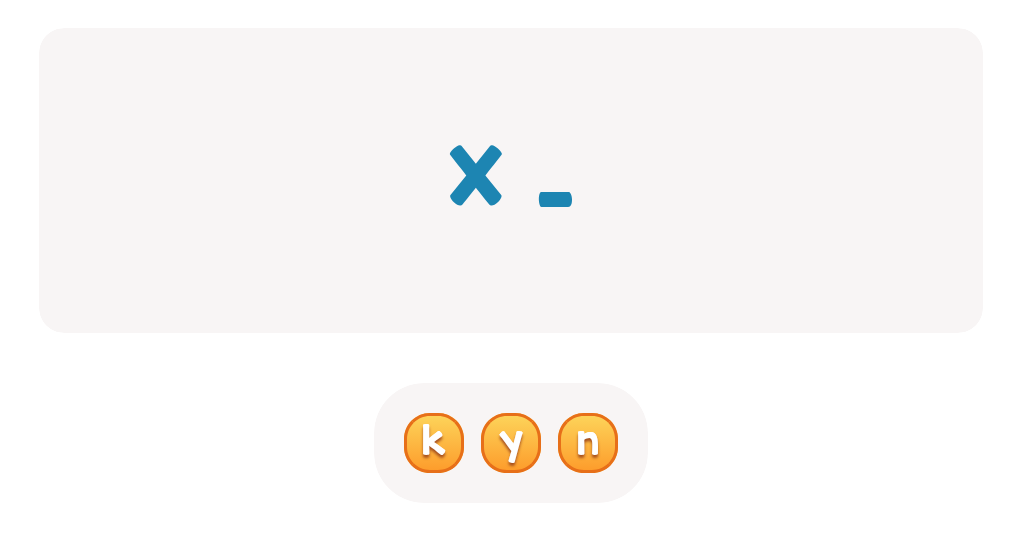Lowercase letter writing Normal Upper & Lowercase Letters Worksheets for Ages 5-7
3 filtered results
-
From - To
Enhance your child's handwriting skills with our "Lowercase Letter Writing Normal Upper & Lowercase Letters Worksheets for Ages 5-7". Designed specifically for young learners, these engaging worksheets blend both uppercase and lowercase letters to ensure comprehensive alphabet mastery. Each activity fosters fine motor skills, hand-eye coordination, and letter recognition, laying a solid foundation for fluent reading and writing. Ideal for home or classroom use, our worksheets make learning fun with captivating exercises that keep children eager to practice. Start your child’s journey to becoming a confident writer with our expertly crafted educational materials today.


Lowercase Letters y z Worksheet


Lowercase Letters j k l Worksheet


Lowercase Letters m n o Worksheet
Parents and teachers should prioritize teaching both uppercase and lowercase letters to children aged 5-7 because it lays a critical foundation for future literacy skills. During these formative years, children are at an optimal age to develop fine motor skills and understand alphabetic principles, which are crucial for writing fluency and effective communication.
Uppercase letters provide a straightforward introduction to letter shapes, often being easier to write due to their simple, straight lines. However, since lowercase letters make up the majority of printed text, familiarizing children with lowercase forms ensures they can recognize and write words, sentences, and eventually read longer texts. Mastery of lowercase letters improves reading proficiency, enabling children to identify words quickly and understand context within sentences.
Consistency in using mixed-case writing mirrors real-life reading and writing scenarios, preparing children for academic challenges. It also enhances cognitive development, as they learn to differentiate between letter contexts and how each form serves a purpose in written language.
In addition, teaching both uppercase and lowercase letters early on promotes correct letter formation and spacing, reduces handwriting mishaps, and fosters self-confidence as children successfully navigate more complex reading and writing tasks. Consequently, parents and teachers supporting this balanced approach set children up for a lifetime of effective written communication and academic success.
 Assign to My Students
Assign to My Students























